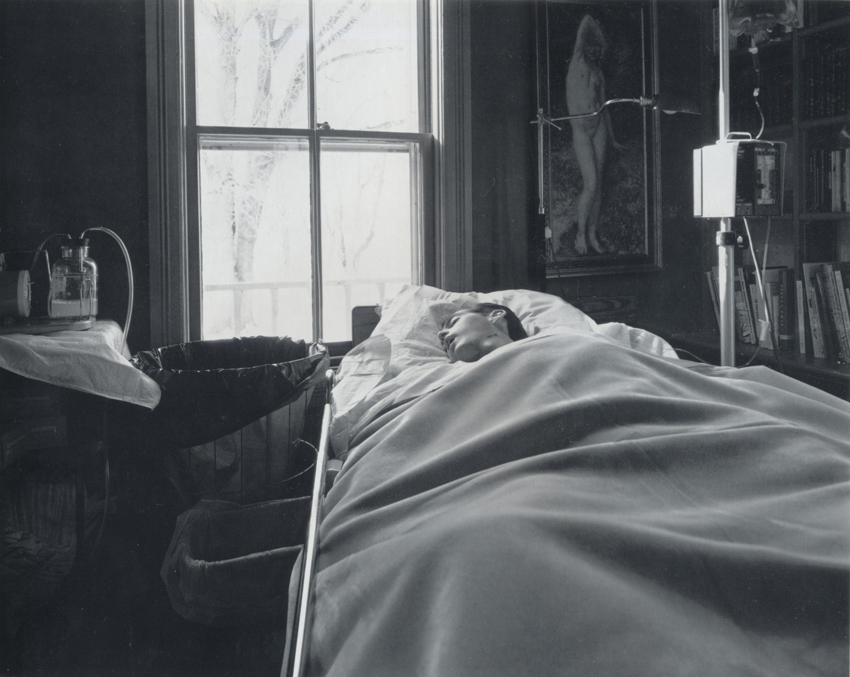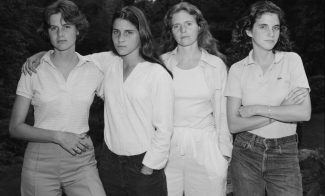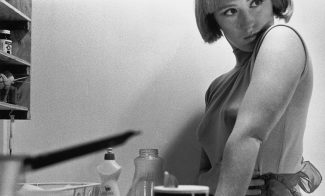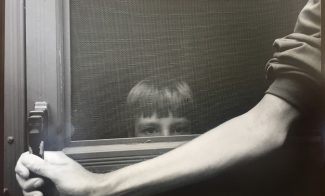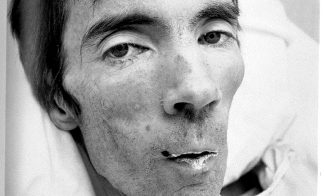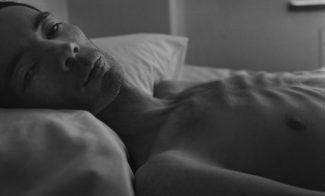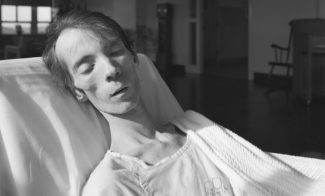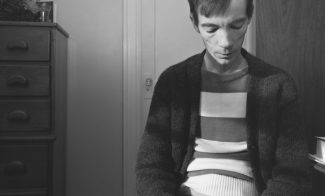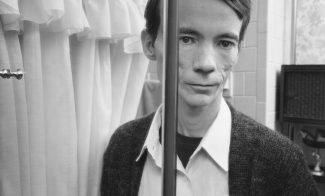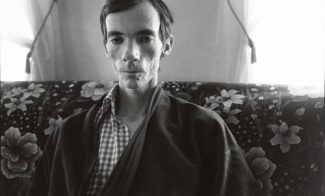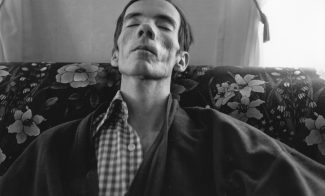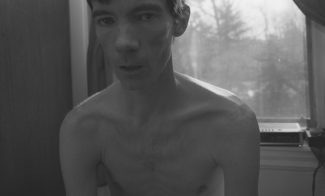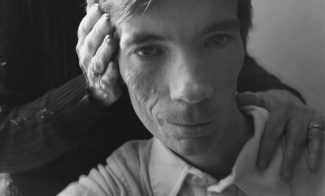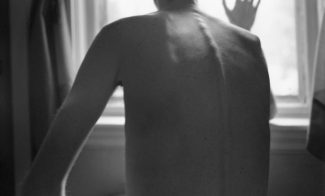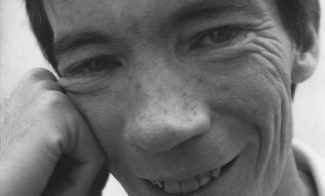Nicholas Nixon (Born 1947 in Detroit) is a photographer known for his work in portraiture and documentary, his use of the 8-by-10-inch view camera, and his engagement with duration. In numerous series, Nixon gets to know his subjects while photographing them, making the role of time inherent to the medium of photography an integral part of the content and process of his work. His photographs possess a high degree of detail and often present closely cropped views of his subjects. Nixon came to Boston in the 1970s and has taught at the Massachusetts College of Art for more than thirty-five years, while making important documentation of his neighborhood and community.
For Nixon’s hallmark series People with AIDS, the artist followed fifteen men with the disease, sensitively conveying its uncompromisingly harsh progress during the years when the government and medical establishment’s neglect turned AIDS into a crisis of epic proportions. A portion of the series was included in Nixon’s retrospective at the Museum of Modern Art in 1988. By the time the series was published as a book in 1991, all the subjects had passed away due to the disease. At the time of the exhibition, the works drew strongly opposed reactions from critics: while Douglas Crimp described them as perpetuating stereotypes about people with AIDS and as lacking social context, others characterized them as empathetic, humanistic, and corrective to moralizing judgments. This set of five prints depicts George Gannett from October 1987 until his death in February 1989. The photographs show Gannett in his home in Providence, Rhode Island, accompanied by his partner, petting his cat, and lying in a bed near the end of his battle with the disease. The ordinariness and domesticity of Gannett’s existence permeate the images.
